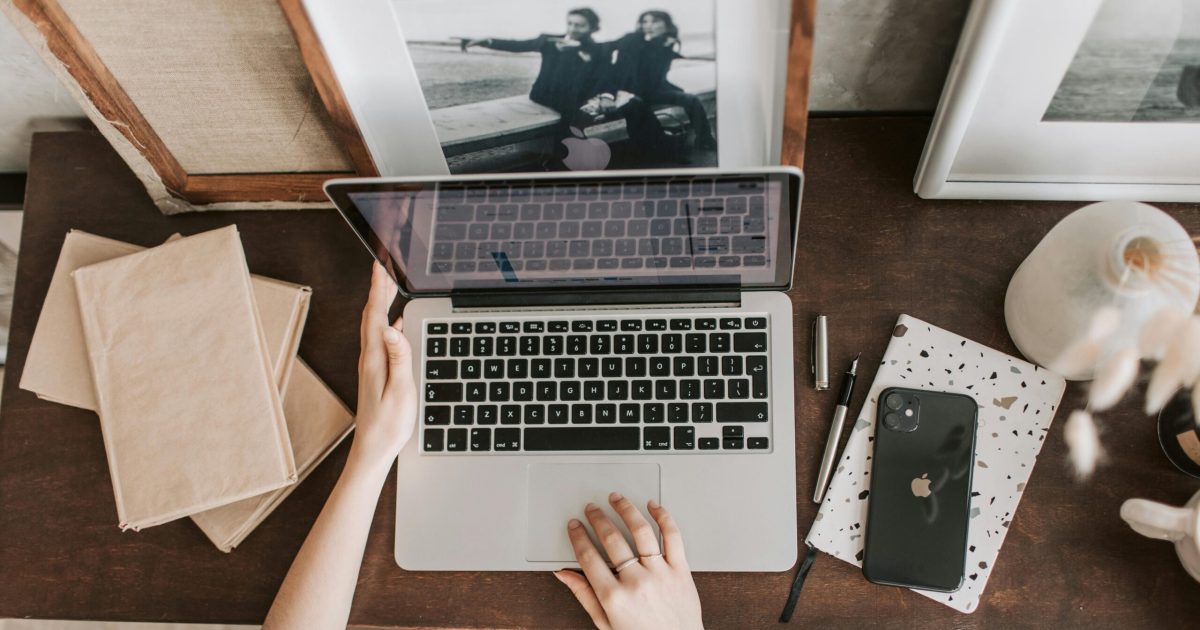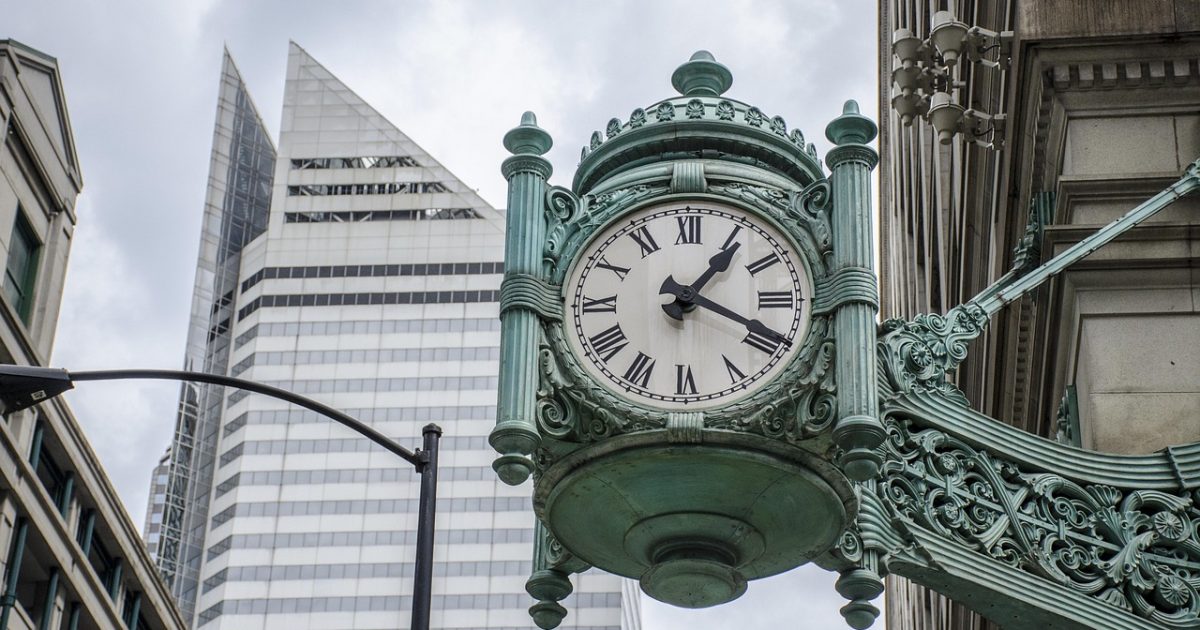Do you ever feel like you’re living life on repeat? Wake up, go through the motions, and before you know it, another day has passed without anything changing. No excitement, no spark – just this sense of being trapped? It’s like life is moving, but you’re not. You’re stuck in the same routine, the same thoughts, the same place. And the worst part? You don’t know how to get out of it.
If this sounds familiar, I want you to know – you’re not alone. I’ve been there too. There was a time when every day felt like a blur. I’d wake up, scroll through my phone, do the bare minimum, and then wonder why I felt so empty. It wasn’t that my life was bad, but it felt stagnant, like I was waiting for something to happen. But nothing ever did – until I made the decision to change
Table of Contents
The Truth About Feeling Stuck
Feeling stuck doesn’t come out of nowhere. It happens when you’re disconnected from what truly matters to you. Maybe you’re following a path that wasn’t really yours to begin with – doing what’s expected, not what excites you. Or maybe you’ve been stuck in the same routine for so long that your brain has gone into autopilot, making every day feel like a copy of the last.
The thing is, feeling stuck isn’t the problem. It’s the signal that something needs to change. And once I realized that, everything shifted for me. I stopped seeing it as a dead end and started treating it as a wake-up call.
Waking up every day with no real purpose, just going through the motions, breakfast, basic chores, binge-watching Netflix, might feel like comfort to some, but for others, it eventually becomes suffocating. If you’re one of those who now find this suffocating, that’s actually a good thing. It’s the first sign that something needs to change.
Here’s the truth: If you NEVER feel stuck, you stay stuck forever. Sounds confusing? Let me explain.
Many people are comfortable in their stuck routines because they don’t feel the need to change. It’s their comfort zone, and as the name suggests, it’s comfortable. They won’t even realize they’re stuck until they start feeling it. But the moment you start sensing that nudge, that “I feel stuck” moment, it’s a sign that change is necessary. That feeling itself is the starting point, and you’ve already the first steps which is recognizing the need to change.
Step 1: Understand What “Stuck” Means for You

First things first, our emotions and feelings have meaning. Every emotion we experience is trying to communicate something. The way out of feeling stuck isn’t some magic pill; it requires genuine evaluation and reflection.
Before you can change anything, you need to get clear on what’s making you feel stuck. Is it your career? Your relationships? Your health? Or is it everything all at once?
Take a step back and reflect. What does your daily life look like? Are there moments that bring you joy, or does everything feel like an obligation? Have you been ignoring that quiet voice inside you telling you that something isn’t right?
To make this process easier, here are a few journaling prompts to help you gain clarity:
- What’s one thing I do every day that drains my energy?
- When was the last time I felt truly excited about something?
- If I could change one thing about my life right now, what would it be?
- Am I living in alignment with what I actually want, or just doing what’s expected?
Your answers to these questions will reveal what’s keeping you stuck. And once you know the problem, you can start working toward the solution.
Step 2: Micro Changes for Macro Results
When we feel stuck, our first instinct is to look for a massive, life-altering change. But that mindset actually keeps us stuck. Why? Because it’s overwhelming. You don’t need a complete life overhaul – you just need momentum. And momentum starts with one small shift.
For me, that small shift was breaking and rebuilding my routine. Instead of reaching for my phone first thing in the morning, I went outside for five minutes of sunlight. Instead of letting the day control me, I made a plan – even if it was just a small to-do list. That tiny change made me feel like I had control again. And once I felt in control, I started making bigger changes.
Try switching up just one part of your day. Take a different route to work. Eat something new for breakfast. Move your body for five minutes. It may sound insignificant, but these small actions signal to your brain that change is happening. And that’s the second step.
Step 3: Create a Routine That Works for YOU

One of the biggest reasons people feel stuck is because they’re living a routine that doesn’t actually serve them. Your routine should be something that excites you, not something that drains you.
Think about what you genuinely want to include in your day. Do you want more time for yourself? More movement? More learning? Pick one or two things and start there.
Here’s what helped me:
- Adding something new and exciting to my day, even if it was small – i.e. I made journaling, and listening to podcast on my favorite topics a MUST to-do on daily basis.
- Moving my body in a way that felt good (not forcing myself into workouts I hated).
- Prioritizing my mental and physical health above everything else.
If you’re not sure where to start, focus on these three pillars:
- Your Mind – What’s one thing you can do daily to improve your mindset? (Journaling, reading, mindfulness)
- Your Body – What’s one way you can move or nourish your body? (Exercise, stretching, healthier meals)
- Your Future – What’s one small step you can take toward a goal? (Learning a skill, networking, researching a new career path)
I used to think change had to be dramatic, but it’s the small, consistent shifts that create real transformation.
Step 4: Get Comfortable with Discomfort
The truth is change is uncomfortable. Your brain will resist it because it craves familiarity, even if that familiarity is making you miserable. That’s why most people stay stuck.
But if you want something different, you have to do something different. And that means pushing yourself past the discomfort. Start small, but don’t stay in your comfort zone.
Try something that challenges you. Take that class. Say yes to something you’d normally avoid. Reach out to someone for advice. The more you step outside your routine, the more you’ll realize how much control you actually have over your life.
Step 5: Stop Waiting for Motivation

Motivation is unreliable. If you wait to “feel ready,” you’ll be stuck forever. The truth is, action comes before motivation, not the other way around.
I used to tell myself, “I’ll start when I feel more inspired.” But inspiration never came. What changed everything was starting anyway. Even when I didn’t feel like it. Even when I doubted myself. And eventually, action became my new normal.
So stop waiting. Pick one thing and do it today. Even if it’s messy. Even if you’re unsure. Even if it’s just a tiny step. Progress is built one action at a time.
Final Thoughts
Feeling stuck isn’t a life sentence. It’s a sign that something in your life needs to change. And the good news? You have the power to change it.
You don’t need to wait for the perfect moment. You don’t need to have it all figured out. Just start.
One small shift today. One tiny action tomorrow. That’s how you break free.
And remember – you’re not alone in this. I’ve been there, and if I can get unstuck, so can you.
FAQs:
How do you feel unstuck in life?
Feeling unstuck starts with self-awareness. Recognize what’s making you feel trapped – whether it’s your routine, mindset, or external pressures. Reflect on your daily habits, introduce small changes, and take intentional steps.
What is the psychology of feeling trapped?
Feeling trapped often stems from a lack of purpose, fear of change, or subconscious self-sabotage. Psychologically, our brains prefer comfort zones, even when they no longer serve us.
How do you get rid of being stuck?
The best way to move forward is to take action, no matter how small. Follow the steps mentioned above in the blogpost, they will help you figure things out to get rid of being stuck.
Why am I emotionally stuck?
Emotional stagnation often comes from unresolved feelings, suppressed emotions, or a disconnect between your actions and inner desires. If you’re emotionally stuck, take time to process your emotions, journal, or talk to someone you trust.
